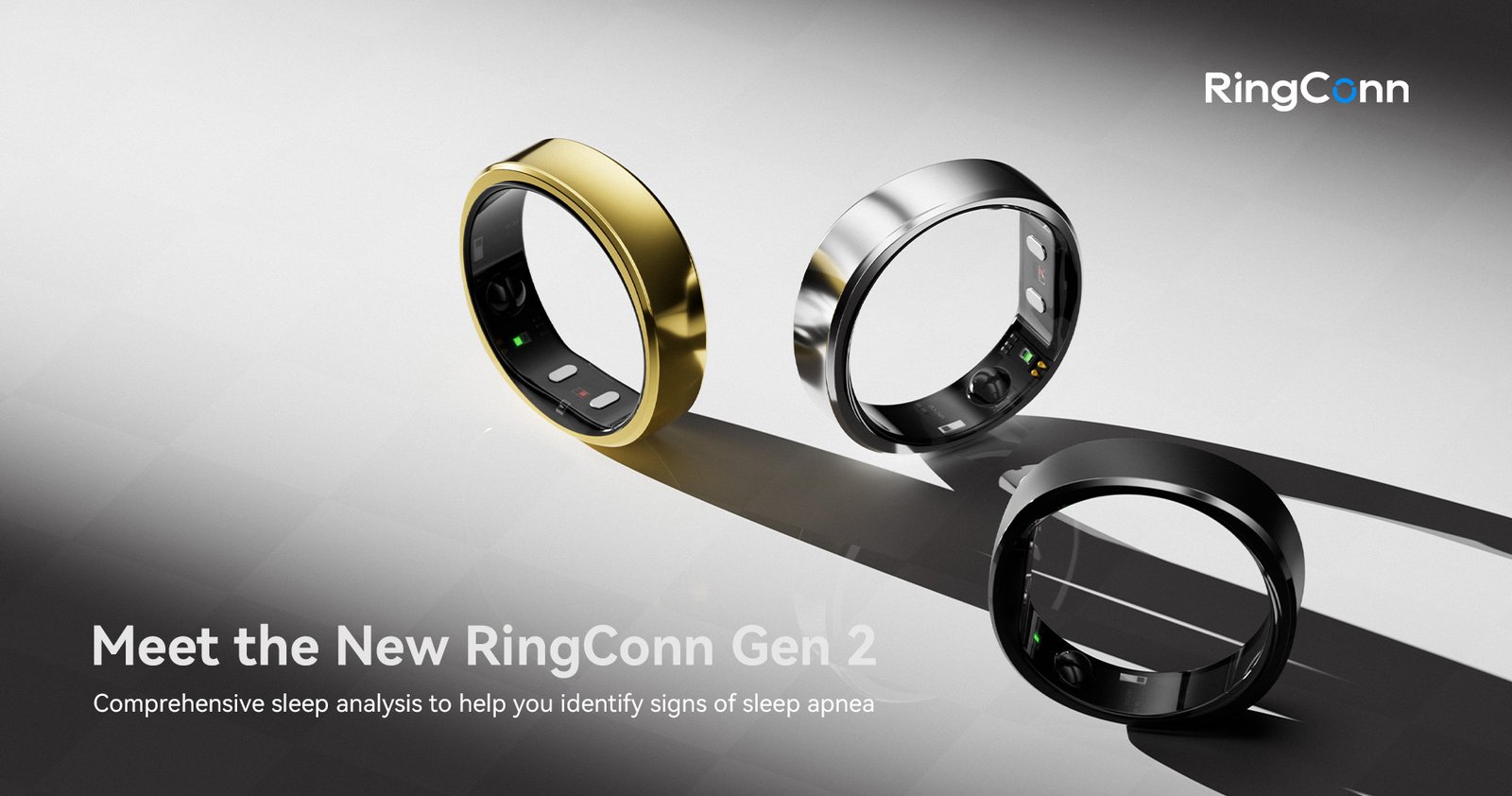As a leader, one of the toughest yet most crucial tasks is hearing what you don’t want to hear. I found myself in a conversation with a direct report recently—an exchange that was equal parts enlightening and uncomfortable. She shared something I regularly did that frustrated her. It wasn’t a surprise—I had invited her to be candid—but still, hearing it firsthand made me squirm in my chair.
Why put yourself through that? Because honest feedback is the lifeblood of growth, especially when you’re steering a business.
The Leadership Ceiling: Why Feedback Matters More Than Ever
If you’re running a business, you are, by definition, the biggest limit on its potential. Growth depends on your ability to spot what’s holding things back and fix it. But here’s the catch: as your company grows, feedback naturally becomes harder to come by.
In the early days, you’re close to every part of the business and every person on your team. Feedback flows naturally—sometimes too naturally, like water spilling over a rock. But as the organization expands, layers form. You become more insulated. People hesitate to speak up, especially if your personality or company culture doesn’t encourage blunt honesty.
If you want to break through this barrier, you need to intentionally carve out space for candid conversations. This is where regular, structured “candor meetings” come in—a practice I not only swear by but actively teach to clients looking to scale their businesses.
Five Steps to Mastering the Candor Meeting
Step 1: Ask the Right Questions
The foundation of any successful feedback session is knowing what you want to learn. I draw inspiration from Kim Scott’s Radical Candor and use a set of targeted questions designed to uncover the insights that matter most:
- How can I better support you as a leader?
- What’s one thing you need from me that you haven’t been getting?
- Do you feel set up to succeed—or to fail—in your role?
- What’s one thing I do that drives you crazy?
- What opportunities do you see for us to improve as a team?
These questions don’t just invite compliments or vague comments—they dig for actionable insights that challenge me to grow.
Step 2: Schedule Regular One-on-Ones
Once you’ve nailed your questions, put the meetings on the calendar—ideally twice a year with each direct report. I split the questions across two sessions to keep things focused and manageable. While group settings can work, one-on-one conversations provide the safest space for honest dialogue.
Be transparent about the purpose of these meetings. Your team needs to know this isn’t a formality or a setup—it’s a genuine invitation to speak openly, with no fear of repercussions.
Step 3: Share Questions Ahead of Time
It’s unrealistic to expect everyone to blurt out honest feedback on the spot, especially if your team isn’t used to this kind of openness. Sending questions in advance lets people prepare thoughtful answers, increasing the likelihood of meaningful, unfiltered feedback.
Preparation matters because candid feedback can be uncomfortable to give. The better you set your team up to deliver it, the more valuable the insights you’ll receive.
Step 4: Listen with an Open Mind
The moment of truth arrives when you sit down for the meeting. Your job? Listen more than you talk. Adopt a curious mindset—lean in with your body language, keep your facial expressions neutral or encouraging, and resist the urge to defend or explain.
Remember, this is not a debate. You don’t have to accept every piece of feedback, but you must respect it. Ask follow-up questions like, “Can you tell me more about that?” to dig deeper. This approach encourages honesty and shows that you value their perspective.
Step 5: Follow Up and Follow Through
The meeting doesn’t end when you say “thank you.” It’s critical to honor the feedback by reflecting on it and then circling back with your team member. If the feedback rings true and can be acted upon, make the necessary changes and let them know.
If you disagree with some points, be honest—but do so respectfully. Ignoring feedback or failing to respond is the fastest way to kill trust and close off future communication.
Why This Matters
Your team holds knowledge you don’t. They see blind spots in your leadership and the business itself. Creating safe, recurring opportunities for honest feedback transforms these insights into your biggest asset.
This isn’t about seeking approval or avoiding criticism—it’s about recognizing that real growth demands humility and openness. When you cultivate an environment where negative feedback is welcome, even encouraged, you break through the leadership ceiling holding your business back.
Ultimately, embracing candor leads to stronger teams, clearer communication, and better results. It’s uncomfortable, yes. But it’s also the key to scaling your business with intention and authenticity.
In the end, the question isn’t whether you can afford to invite honest feedback—it’s whether you can afford not to.





